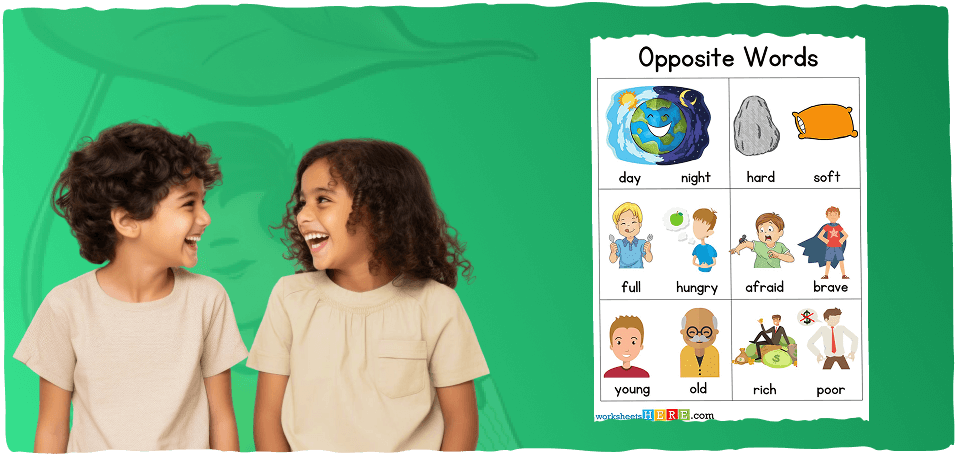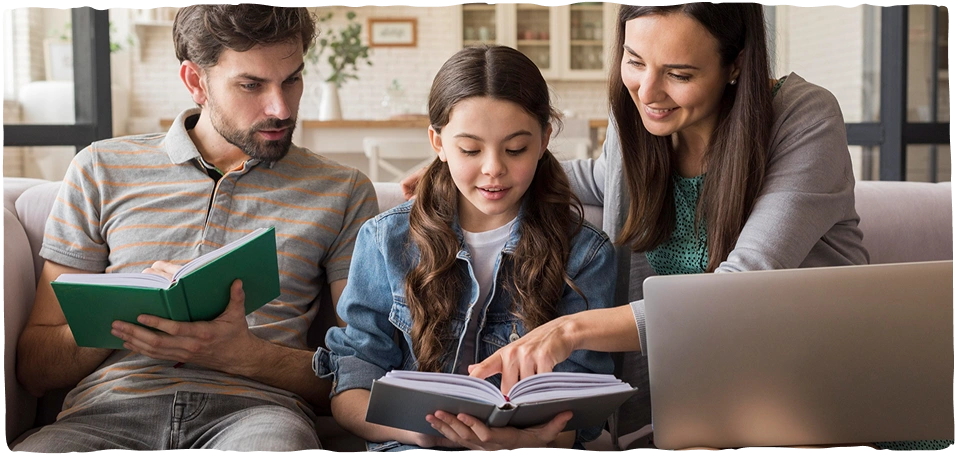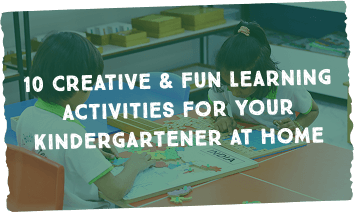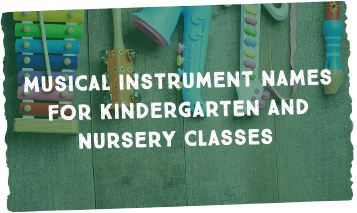Teaching English language Opposing words is one of the most effective strategies for increasing vocabulary in young students. Opposites in English language, like hot/cold and big/small, help children understand contrast, comparison, and context. This talent provides the basis for understanding, talking to others, and thinking logically. Parents, teachers, and tutors can make learning fun by using word lists together with pictures, games that involve movement, and worksheets that can be printed out. Reliable educational platforms such as British Council LearnEnglish Kids and Education.com provide useful resources to support this journey.
In simple terms, opposite in words (also called antonyms) are two words that carry reverse or contrasting meanings. They help us describe situations more clearly by showing differences and contrasts. For instance:
At Bodhi Montessori, we believe that learning is important and helps kids grow. Words that mean the opposite are very significant since they help:
For parents, opposites offer a gentle way to introduce new words without overwhelming young learners.
It’s best to begin with familiar, concrete words. Below is a basic set of English language
Tip: Start with 8 to 10 pairs and increase more each week. Printable worksheets are available on Education.com for more organized lists.
At Bodhi Montessori, we believe that children learn best through play. Here are some fun activities that have been shown to work with opposites in English language:
Make flashcards that include words and their opposites. They can be put together by kids. Add pictures for kids who are younger. You can find free printable flashcards at British Council Flashcards.
Call out an action (sit) and let children respond with its opposite (stand). This keeps kids active and helps with memory retention. A similar video activity is available on PBS LearningMedia.
Show a picture (a sunny day) and ask children to identify or draw the opposite (a rainy night). Visual learners especially enjoy this.
Say a short line with one word, and let the child retell it with the opposite. Example: “The small dog is happy.” → “The big dog is sad.”
Here’s a quick structure parents or teachers can follow when introducing opposite words to children:
By following this structure, even a short session becomes lively, effective, and easy to repeat daily.
Here are a few recommended platforms to support your child’s practice:
Download a free worksheet and try it with your child today.
Even with fun methods, children may face some challenges:
Learning English opposite words is more than just a way to learn new words. It also helps you think clearly, solve difficulties, and say what you want to say with confidence. For young toddlers, opposites teach the concept of contrast, helping them to describe their environment more correctly and creatively. When taught with plays, pictures, and short, entertaining lessons, opposites are simple to comprehend and retain. Parents and instructors can help children learn by using common examples, combining activities, and encouraging real-life applications. As time goes on, kids not only learn more words, but they also get better at talking and thinking.





